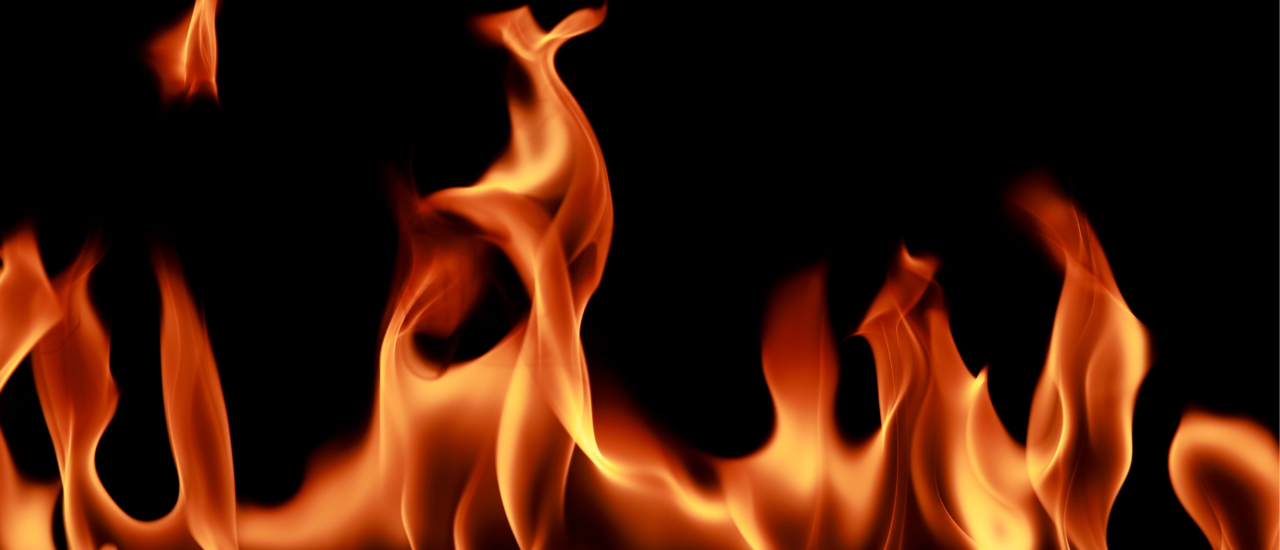
What Are the Risks Associated With Poor Fire Cleanup?
After a home fire, the first instinct of most homeowners is to clean. You may be lucky in deploying some simple DIY cleaning methods after a fire disaster, but you should remember that for the best results, you need to call professional after-fire damage restoration experts to help with the cleaning and the ensuing restoration. There are plenty of risks and health hazards you may encounter due to poor fire cleanup, therefore it is best to let professionals do the job. In this piece, we explore some of the risks associated with poor fire cleanup, reinforcing the notion that you should always call professionals if you have to do some cleaning after a fire disaster.
Health risks associated with poor soot cleanup
It is always tempting to clean after a fire, but if you don’t have the right skills and tools, dealing with smoke and soot may prove to be very challenging during the process. Smoke and soot may get smudged into the walls, upholstery, wall paint, and wallpaper. Any attempt to remove them may only make the surfaces dirtier. Additionally, it could lead to the following health challenges-:
Breathing issues
Soot and smoke can be very toxic when inhaled. When the fire is contained, the building will not be safe from soot and smoke immediately. It may take time for these hazards to finally clear, and this is mainly dependent on your ability to properly clean the place. Besides, soot and smoke will usually get embedded or absorbed in porous surfaces such as drywall, fabrics, wood, and carpets. With improper after-fire cleaning, soot and smoke will continue to linger in the rooms, leading to a myriad of breathing issues for those exposed to the poor quality indoor air.
Skin irritation
Soot contains certain carcinogenic compounds that can cause serious skin irritation and dryness. Prolonged exposure to soot has the potential to damage the skin, leading to conditions and complications such as third-degree burns. Putting on clothes covered in soot will lead to the same results as getting exposed to soot after a fire incident at home.
Eye irritation
Smoke and soot damage can also cause redness as well as irritation in your eyes. With irritation, you will be tempted to continue to rub your eyes. This may worsen the condition, and you may end up scratching your cornea, leading to further eye complications.
Lung irritations
It is possible that parts of the home that didn’t catch fire may still have ash from the fire settling on the surfaces. Remember, ash is light, can easily travel through the air, and can be breathed in, finding its way to your lungs. For some people, the average inhalation of ash may not be harmful. However, for children, older adults, and people with respiratory conditions, this may be a serious problem. They could end up with allergic reactions or other conditions that may compel them to make a trip to the doctor’s office. With proper after-fire cleanup, however, such problems can always be avoided.
Chemical pollution
During a typical fire, a lot of chemicals are released into the air. These chemicals are a result of the breakdown of components in substances such as wall paint, drywall, fabrics, and wood that get burnt during the process.
Electronics, upholstery, and carpets will also release a lot of chemicals into the air during a house fire. With poor after-fire cleanup, most of these chemicals will still be left lingering in the air. Inhaling them may lead to serious respiratory complications, including allergic reactions among those suffering from conditions such as asthma.
Structural insecurity
One of the effects of home fires is the compromised structural integrity of the property. It is possible that your home may not have crumbled as a result of the fire, but you can’t trust the integrity of the remaining materials to keep supporting it for years to come. The high temperatures from the flames can cause the metal beams to warp, cause the ceiling joists to bend, and make the wood framings split.
During proper cleaning by a reputable fire damage restoration company, these and other defects can be identified, and a plan for better securing your home can be formed. If, however, you resorted to DIY cleaning, it is likely that you will miss such details and you will continue living in a structurally unsound property.
High risks of mold propagation
When water or foam is used to put out the fire, there is always a chance that some form of water damage may be experienced. During the process of fighting the fire, water can access the drywall, carpets, and other porous materials and surfaces within the property. A novice in after fire cleanup may not think that it is important to also consider this aspect of firefighting during the cleaning process. As such, they could leave dampness behind that may lead to the propagation of mold, causing additional health risks.
Potential for future fire hazards
Poor after-fire cleanup may leave your home exposed to future fire hazards. Soot and chemical residues in places such as motors and other mechanical components of your HVAC system may increase the likelihood of such equipment catching fire in the future. Melting wire covers may also leave live wires exposed, hence, increasing the risks of both electrocution and fires in the future.
An experienced professional in after-fire cleanup will consider such aspects, limiting the potential for fires. They can observe the damage done and then advise you on the necessary changes you need to make to minimize the risk of fires.
Contact KBS Maintenance today for after-fire cleanup
Call KBS Maintenance today for quick and professional after-fire cleanup services. We are a reputable damage restoration company ready to help you resume the normal use of your home after a home fire incident. Contact us today for more info.